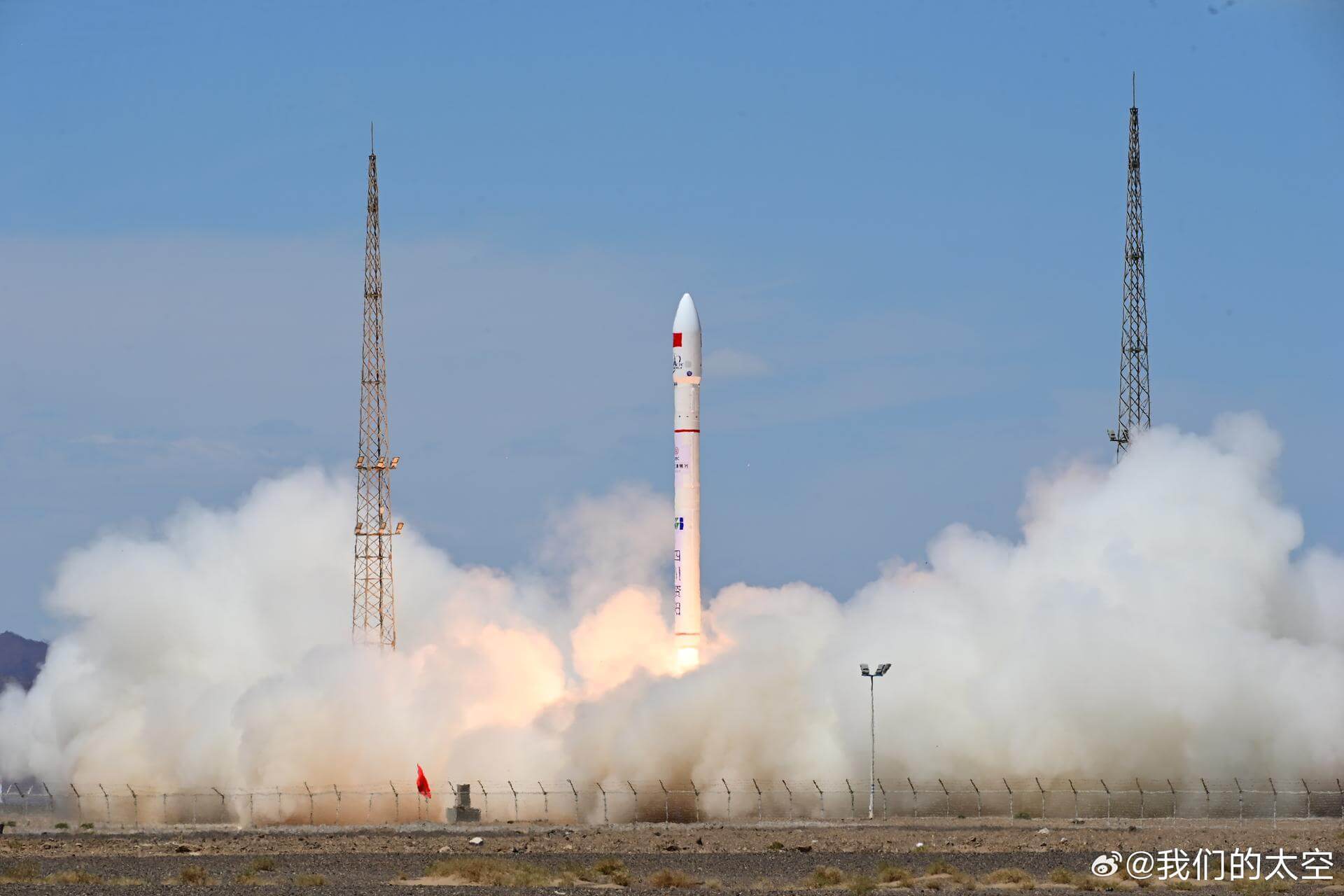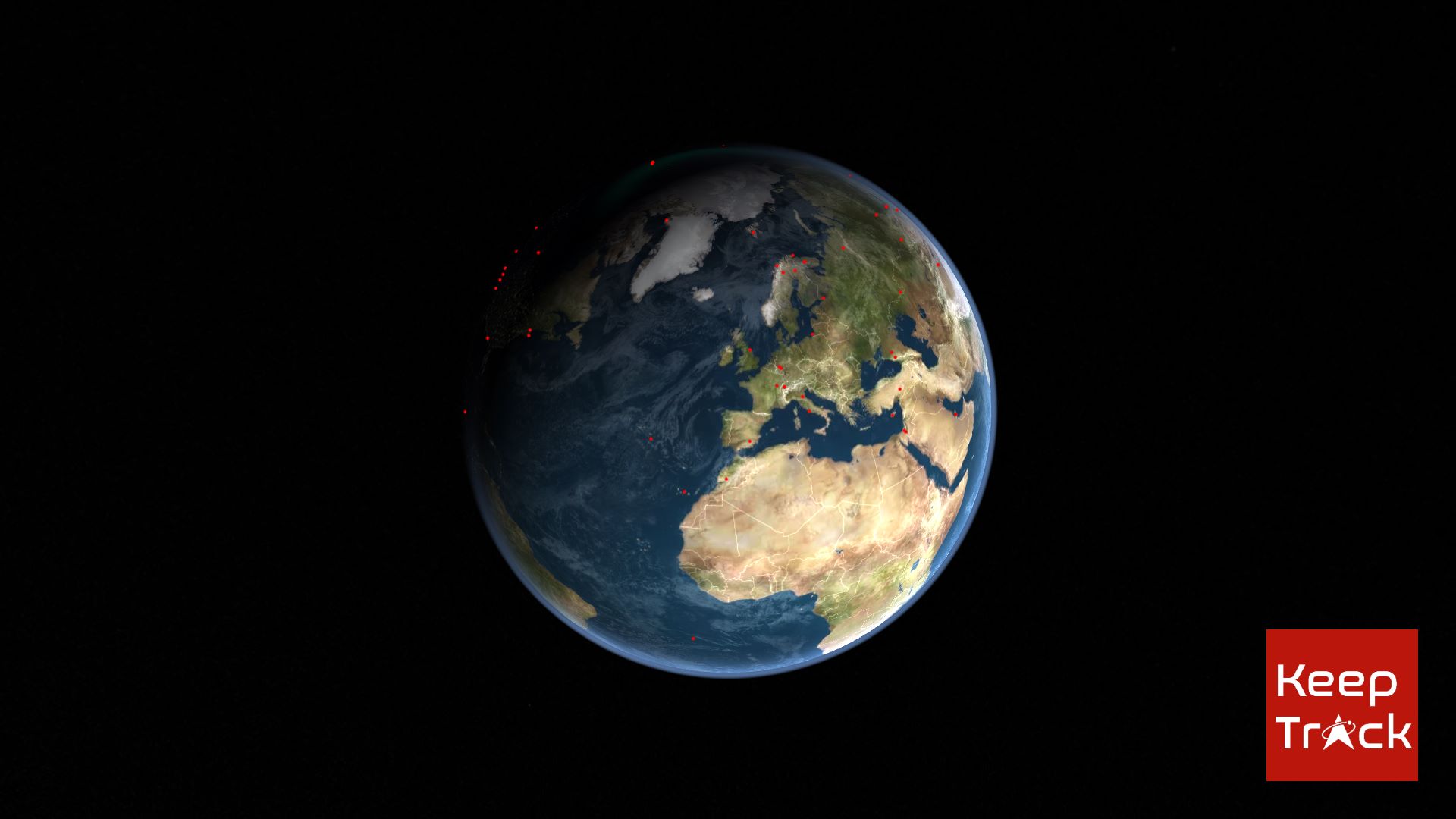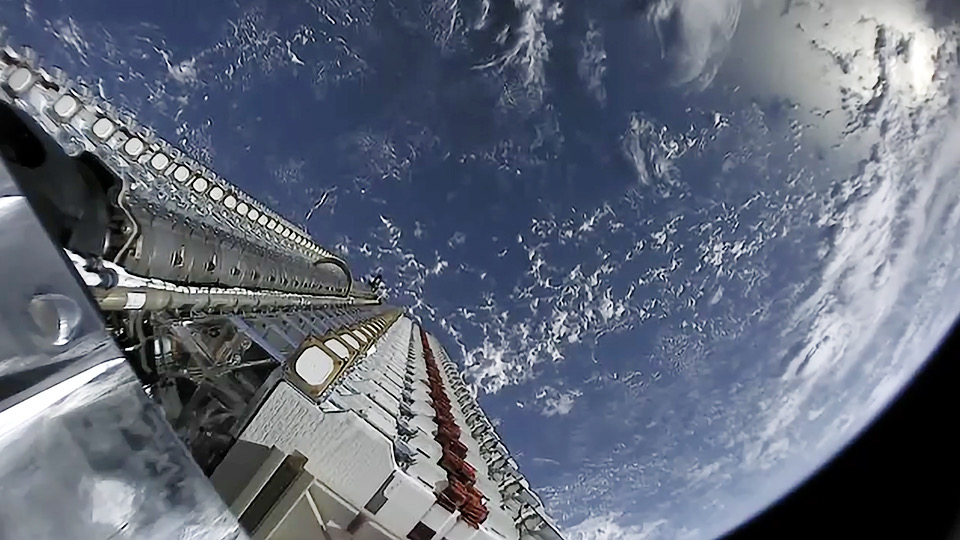· space brief · 6 min read
Space Brief 29 May 2025
Today's brief covers a Japanese military satellite launch, new GPS satellite orders by the Space Force, and a Moog propulsion system contract, among other notable developments.

📄Top Stories
Today’s top stories include a significant contract for GPS III satellites by the Space Force, steps by the Japanese military to deploy a new satellite, and technological advancements from Moog for dynamic space operations. These developments underscore the growing importance of satellite technology in defense operations.
📰Detailed Coverage
Japanese Military Selects Satellite Launch Providers
The Japanese military has chosen Space One and Space BD to launch a new small satellite. This strategic move aims to enhance Japan’s defense capabilities and secure its satellite communications infrastructure. The satellite is expected to support various defense operations, reflecting Japan’s increasing focus on space-based assets for national security.
This decision highlights the strategic role of partnerships in advancing military satellite capabilities. For those tracking satellite deployments, this launch adds to the growing list of military satellites that can be monitored using our web app’s tracking features.
Read the full story: SpaceNews
Space Force Orders More GPS III Satellites
The U.S. Space Force has contracted for two additional GPS IIIF satellites at a cost of $509.7 million, scheduled for delivery by 2031. These next-generation satellites are expected to enhance global navigation and timing services, essential for both civilian and military applications.
Lockheed Martin is tasked with delivering these satellites, designed to provide improved anti-jamming capabilities and higher power for ground users. This acquisition underscores the continuous investment in space infrastructure to maintain a strategic edge in global satellite-based navigation.
Read the full story: SpaceNews
Moog Develops Propulsion System for Dynamic Space Operations
The Air Force Research Laboratory awarded Moog a contract to develop a new multimode propulsion system aimed at enhancing dynamic space operations. This initiative is part of a broader effort to improve propulsion technologies, enabling more agile and responsive space missions.
Moog’s innovative system is expected to enhance the maneuverability and operational flexibility of military satellites, crucial for adapting to rapidly changing scenarios in space. As space becomes more contested, such technologies will play a vital role in maintaining operational superiority.
Read the full story: SpaceNews
Pentagon Enforces New Tech Procurement Rules
A new Pentagon memo has tightened the guidelines for non-commercial tech procurement, aligning with a recent executive order. Contracting officers are tasked with reviewing open solicitations and notices for products over $250,000 by mid-June.
This directive aims to streamline procurement processes and ensure that only essential technologies are acquired, reflecting an ongoing effort to optimize defense spending and procurement efficiency.
Read the full story: Breaking Defense
Reshaping the Pentagon’s Weapons Testing Oversight Office
Hegseth is reshaping the Pentagon’s weapons testing oversight office by reducing staff positions. This restructuring is part of a strategy to eliminate redundant functions and improve the office’s operational agility.
The adjustments are designed to enhance the efficiency of weapons testing and deployment, ensuring that the latest systems are rapidly available to military operations. This move signals a shift towards a more streamlined and effective defense acquisition framework.
Read the full story: Breaking Defense
Motorola Acquires Silvus Technologies
Motorola Solutions announced its acquisition of Silvus Technologies for $4.4 billion, aiming to combine their engineering capabilities to expand their market reach. Silvus Technologies, known for advanced radio systems, is expected to enhance Motorola’s defense communications portfolio.
This acquisition highlights the strategic importance of communications technology in defense operations, with potential impacts on how militaries coordinate and execute missions globally.
Read the full story: Breaking Defense
🛰️Satellite Spotlight
- Satellite Name: DOVE 2
- NORAD ID: 39132
- Launch Date: April 19, 2013
- Mission: The DOVE 2 satellite focuses on technology demonstration, featuring advanced imaging capabilities for Earth observation.
- Orbit: Low Earth Orbit (LEO)
- Operator: COSMOG
- Fun Fact: DOVE 2 is part of a series of CubeSats aimed at proving the viability of small satellite technology for various applications, including remote sensing.
Track this satellite in real-time on our web app: Track DOVE 2
🌌Space Weather
Current space weather shows Enhanced solar wind (648 km/s).
R0 - S0 - G0
Next 24 Hours: For satellite operators, this period poses no risk of radio blackouts or solar radiation storms. Ground-based radars and telescopes can operate without disruption due to the absence of significant geomagnetic storms. Satellite communication users should also notice stable communications, with no anticipated impact from radio blackouts. However, be prepared for potential R1-R2 (Minor-Moderate) radio blackouts over the next few days, with a slight possibility of isolated R3 (Strong or greater) events.
Beyond: In the coming weeks (26 May - 21 June), solar activity is expected to reach moderate levels (R1-R2/Minor-Moderate), with a chance for R3 (Strong) events. As the highly active Region 4098 approaches the west limb of the Sun, satellite operators should remain vigilant for M-class X-ray activity. While no proton events are anticipated at geosynchronous orbit, the greater than 2 MeV electron flux is expected to surge to high levels during specific periods. Geomagnetic activity could lead to G1 (Minor) storms around 13-14 June, with active conditions likely on several dates throughout June. Satellite communication users will need to monitor operations closely, especially during these active windows, while ground-based systems may experience some variability in performance due to these disturbances.
🚀 Upcoming Space Launches
May 30
- SpaceX Falcon 9:
- GPS III SV08 from Cape Canaveral Space Force Station (17:23 UTC) Eighth of ten GPS III missions.
- SpaceX Falcon 9:
- Starlink Group 11-18 from Vandenberg Space Force Base (20:24 UTC) A batch of satellites for the Starlink mega-constellation - SpaceX’s project for space-based Internet communication system.
May 31
- Blue Origin New Shepard:
- NS-32 from Corn Ranch, Van Horn, TX, USA (13:30 UTC) NS-32 is the 12th crewed flight for the New Shepard program and the 32nd in its history.
June 2
- SpaceX Falcon 9:
- Starlink Group 12-19 from Cape Canaveral Space Force Station (04:57 UTC) A batch of satellites for the Starlink mega-constellation - SpaceX’s project for space-based Internet communication system.
- Rocket Lab Electron:
- Full Stream Ahead (BlackSky Gen-3 2) from Rocket Lab Launch Complex 1, Mahia Peninsula, New Zealand (23:30 UTC) 2nd of the BlackSky Gen-3 high-resolution Earth-imaging satellites.
June 3
- SpaceX Falcon 9:
- Starlink Group 11-22 from Vandenberg Space Force Base (23:50 UTC) A batch of satellites for the Starlink mega-constellation - SpaceX’s project for space-based Internet communication system.
June 7
- SpaceX Falcon 9:
- Sirius SXM-10 from Cape Canaveral Space Force Station (03:00 UTC) SXM-10 is the 11th high-powered, digital, audio radio satellite built by Maxar for SiriusXM using a large, mesh, unfurlable reflector.
Note: Launch dates and times are subject to change due to technical or weather considerations.

Maurice Stellarski





